





Landmarks
Lorem ipsum dolor sit amet, consectetur adipiscing elit. Donec
posuere pulvinar consequat. Pellentesque luctus accumsan
sodales. Nunc eu odio sed lorem consectetur elementum sit amet
sit amet ante.
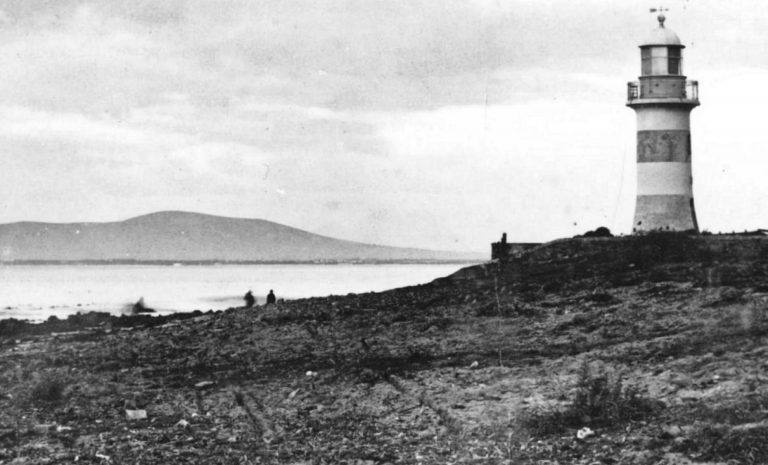
Lighthouse at Granger Bay
Lorem ipsum dolor sit amet, consectetur adipiscing elit. Donec posuere pulvinar consequat. Lorem ipsum dolor sit amet, consectetur adipiscing elit. Donec posuere pulvinar consequat. Lorem ipsum dolor sit amet, consectetur adipiscing elit. Donec posuere pulvinar consequat.
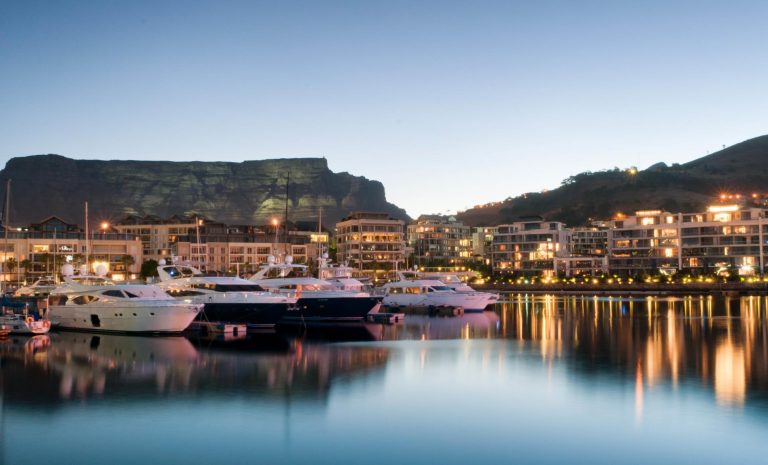
V&A Waterfront
Today, the V&A Waterfront is one of Africa’s premier business and tourist destinations. Starting out as a jetty serving the refreshment station built by Jan van Riebeek, the harbour began to take shape when Queen Victoria’s son Alfred constructed a breakwater to ensure safe passage for passing ships. Over the next century, the land was harbour was developed and land reclaimed as part of the city’s expansion. Its commercial development in the late 1980s marked the beginning of the popular multi-use destination it is today.
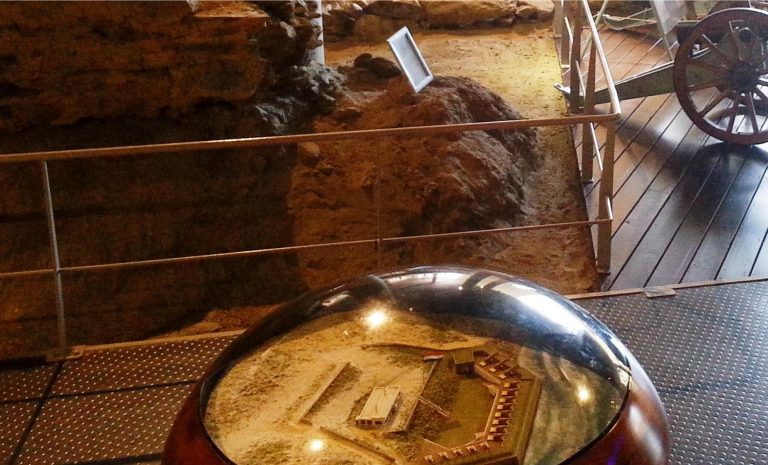
Chavonne’s Battery
Chavonne’s Battery emerged as the net of global trade began to cover the world’s oceans. It was built to protect the Cape’s shores from pirates and other aggressors.
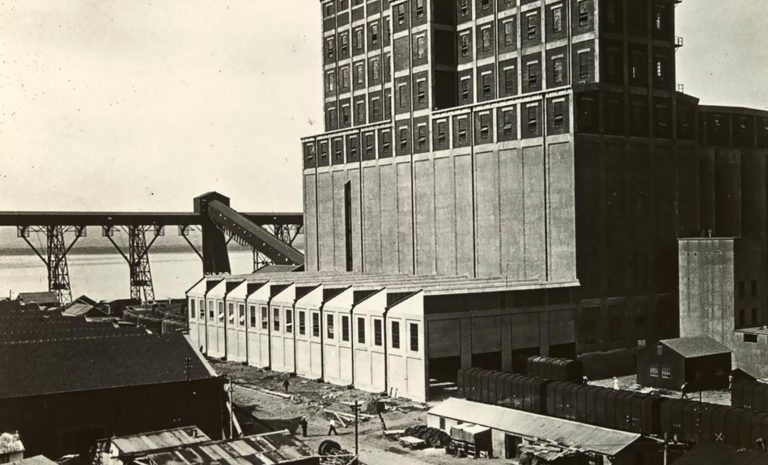
The Grain Silos
At 57 metres, the Grain Silo was once the tallest building in Cape Town when it was built in 1921. It was decommissioned as a grain silo in 2001, and gradually became more derelict. In 2017, was converted to the remarkable Zeitz Museum of Contemporary Art Africa (MOCAA), in a spectacular contemporary reimagining of this historical building.
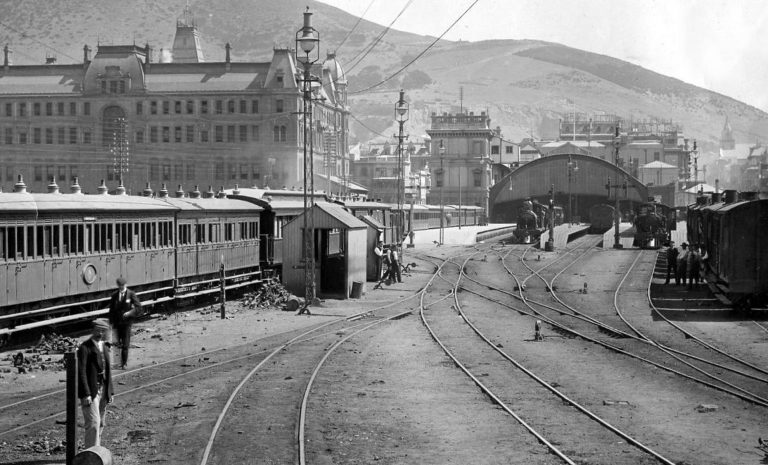
Cape Town Station
The first railway station in Cape Town was a rudimentary wooden structure built in 1861. It was expanded into a more monumental complex in 1875, to accommodate more trains more travellers. Nearly a century later, the Victorian structure was demolished and replaced with a more modern building — designed for racial segregation by the Apartheid government. In 2010, nearly 20 years after Apartheid was dismantled, the train station was reconfigured to welcome all travellers of all races, and visitors from all countries, during the 2010 Soccer World Cup.
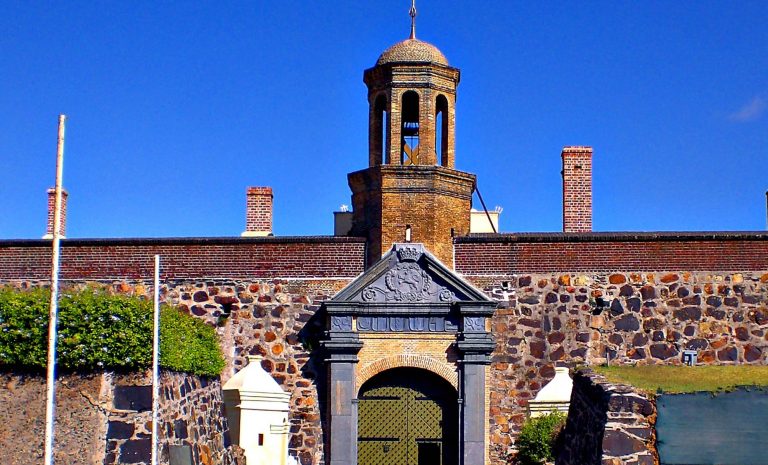
Castle of Good Hope
The Castle of Good Hope is a bastion fort built in the 17th century in Cape Town, South Africa. It was originally located on the coastline of Table Bay, but is now located inland after the land was reclaimed on the foreshore in the 1930s. In 1936 the Castle was declared a historical monument. It was extensively renovated in the 1980s. It is considered the best preserved example of a Dutch East India Company fort. The Castle acted as local headquarters for the South African Army in the Western Cape, and today houses the Castle Military Museum and ceremonial facilities for the traditional Cape Regiments. The Castle is also the home of the Cape Town Highlanders Regiment, a mechanised infantry unit.

Grand Parade
The first railway station in Cape Town was a rudimentary wooden structure built in 1861. It was expanded into a more monumental complex in 1875, to accommodate more trains more travellers. Nearly a century later, the Victorian structure was demolished and replaced with a more modern building — designed for racial segregation by the Apartheid government. In 2010, nearly 20 years after Apartheid was dismantled, the train station was reconfigured to welcome all travellers of all races, and visitors from all countries, during the 2010 Soccer World Cup.
Lighthouse at Granger Bay
Lorem ipsum dolor sit amet, consectetur adipiscing elit. Donec posuere pulvinar consequat. Lorem ipsum dolor sit amet, consectetur adipiscing elit. Donec posuere pulvinar consequat. Lorem ipsum dolor sit amet, consectetur adipiscing elit. Donec posuere pulvinar consequat.
V&A Waterfront
Today, the V&A Waterfront is one of Africa’s premier business and tourist destinations. Starting out as a jetty serving the refreshment station built by Jan van Riebeek, the harbour began to take shape when Queen Victoria’s son Alfred constructed a breakwater to ensure safe passage for passing ships. Over the next century, the land was harbour was developed and land reclaimed as part of the city’s expansion. Its commercial development in the late 1980s marked the beginning of the popular multi-use destination it is today.
Chavonne’s Battery
Chavonne’s Battery emerged as the net of global trade began to cover the world’s oceans. It was built to protect the Cape’s shores from pirates and other aggressors.
The Grain Silos
At 57 metres, the Grain Silo was once the tallest building in Cape Town when it was built in 1921. It was decommissioned as a grain silo in 2001, and gradually became more derelict. In 2017, was converted to the remarkable Zeitz Museum of Contemporary Art Africa (MOCAA), in a spectacular contemporary reimagining of this historical building.
Cape Town Station
The first railway station in Cape Town was a rudimentary wooden structure built in 1861. It was expanded into a more monumental complex in 1875, to accommodate more trains more travellers. Nearly a century later, the Victorian structure was demolished and replaced with a more modern building — designed for racial segregation by the Apartheid government. In 2010, nearly 20 years after Apartheid was dismantled, the train station was reconfigured to welcome all travellers of all races, and visitors from all countries, during the 2010 Soccer World Cup.
Castle of Good Hope
The Castle of Good Hope is a bastion fort built in the 17th century in Cape Town, South Africa. It was originally located on the coastline of Table Bay, but is now located inland after the land was reclaimed on the foreshore in the 1930s. In 1936 the Castle was declared a historical monument. It was extensively renovated in the 1980s. It is considered the best preserved example of a Dutch East India Company fort. The Castle acted as local headquarters for the South African Army in the Western Cape, and today houses the Castle Military Museum and ceremonial facilities for the traditional Cape Regiments. The Castle is also the home of the Cape Town Highlanders Regiment, a mechanised infantry unit.
